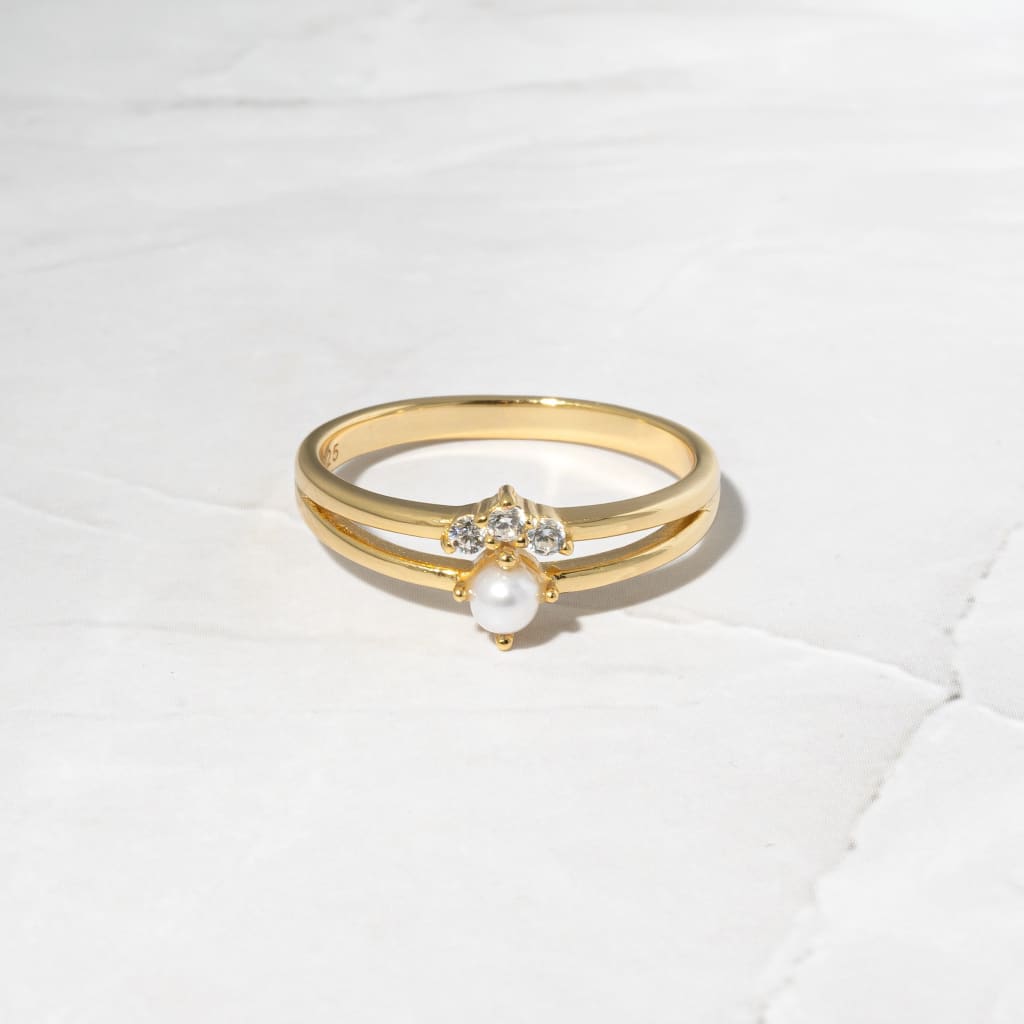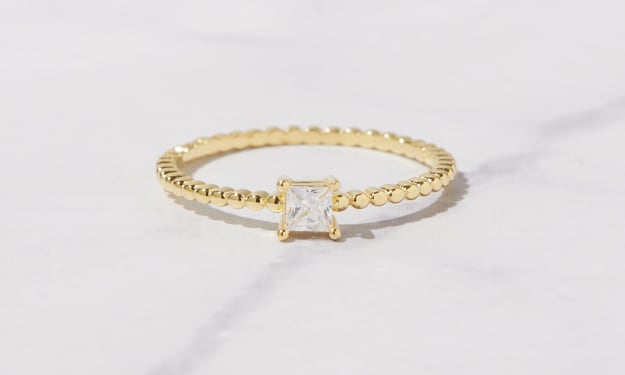The Role of 925 Silver Jewelry in Cultural Celebrations and Rituals
Here’s an exploration of how 925 silver jewelry is used in cultural celebrations and rituals around the world.

925 silver jewelry, known for its elegance, durability, and versatility, has played a significant role in cultural celebrations and rituals across various societies for centuries. Its symbolic meanings and aesthetic appeal make it an integral part of many traditional practices and festive occasions. Here’s an exploration of how 925 silver jewelry is used in cultural celebrations and rituals around the world.
1. Weddings and Engagements
1.1. Bridal Jewelry
Western Traditions: In many Western cultures, brides wear silver jewelry on their wedding day. Silver earrings, necklaces, and bracelets complement the bridal gown and symbolize purity and elegance.
Indian Weddings: Silver anklets and toe rings are traditional adornments for brides, symbolizing marital status and prosperity.
1.2. Engagement Rings
Symbol of Commitment: In various cultures, silver engagement rings are exchanged as a symbol of commitment and love. The use of 925 silver ensures durability and timeless beauty.
2. Religious Ceremonies
2.1. Christian Celebrations
Baptisms and Confirmations: Silver crosses and religious medals are often given as gifts during baptisms and confirmations, symbolizing faith and protection.
First Communion: Children receive silver jewelry such as bracelets or necklaces to commemorate their First Communion, marking their commitment to their faith.
2.2. Hindu Rituals
Puja Offerings: Silver jewelry is used as offerings during pujas (prayer rituals) to deities, symbolizing purity and devotion.
Festivals: During festivals like Diwali, women wear silver jewelry to enhance their beauty and attract good fortune.
3. Cultural Festivals
3.1. Chinese New Year
Good Luck Charms: Silver jewelry, especially in the form of pendants with symbols like dragons or the Chinese zodiac, is worn to attract good luck and ward off evil spirits.
Gifts: Exchanging silver jewelry during Chinese New Year is a tradition that symbolizes prosperity and good fortune for the coming year.
3.2. Mexican Celebrations
Quinceañera: A girl's 15th birthday, known as a Quinceañera, is a significant cultural celebration in Mexico. Silver tiaras, necklaces, and bracelets are gifted to the young woman to mark her transition into womanhood.
Day of the Dead: Silver jewelry featuring skull motifs and other symbols are worn during Día de los Muertos to honor and remember deceased loved ones.
4. Milestone Celebrations
4.1. Birthdays and Anniversaries
Special Gifts: Silver jewelry is a popular gift for milestone birthdays and anniversaries, symbolizing love, appreciation, and timeless beauty.
Personalization: Many cultures personalize silver jewelry with engravings or birthstones to make it more meaningful.
4.2. Retirement Ceremonies
Commemorative Pieces: Silver jewelry is often given during retirement ceremonies as a token of appreciation for years of service and dedication.
5. Rites of Passage
5.1. Coming-of-Age Ceremonies
Jewelry as a Symbol: In various cultures, coming-of-age ceremonies involve the gifting of silver jewelry to signify the individual's transition from childhood to adulthood. For example, in Jewish culture, a silver Star of David pendant might be given during a Bar or Bat Mitzvah.
5.2. Graduation
Achievement Recognition: Silver jewelry, such as rings, necklaces, or bracelets, is often given to graduates as a symbol of their academic achievements and the beginning of a new chapter in their lives.
6. Traditional Attire
6.1. Ethnic Dress
Enhancing Traditional Outfits: In many cultures, traditional attire is incomplete without the addition of silver jewelry. For example, in Ethiopia, silver jewelry is worn with traditional clothing during significant cultural events and festivals.
Cultural Identity: Silver jewelry often reflects cultural identity and heritage, featuring designs and symbols unique to specific regions or ethnic groups.
6.2. Tribal Adornments
Symbol of Status: Among various indigenous tribes, silver jewelry is used to denote status, wealth, and social position. Intricately designed pieces are worn during important ceremonies and gatherings.
Conclusion
925 silver jewelry plays a crucial role in cultural celebrations and rituals worldwide. Its versatility, durability, and timeless beauty make it an ideal choice for marking significant life events, religious ceremonies, and traditional festivals. By understanding the cultural significance and symbolic meanings behind silver jewelry, we can appreciate its role in honoring traditions, expressing identity, and celebrating milestones across diverse cultures.
About the Creator
Enjoyed the story? Support the Creator.
Subscribe for free to receive all their stories in your feed. You could also pledge your support or give them a one-off tip, letting them know you appreciate their work.





Comments
There are no comments for this story
Be the first to respond and start the conversation.